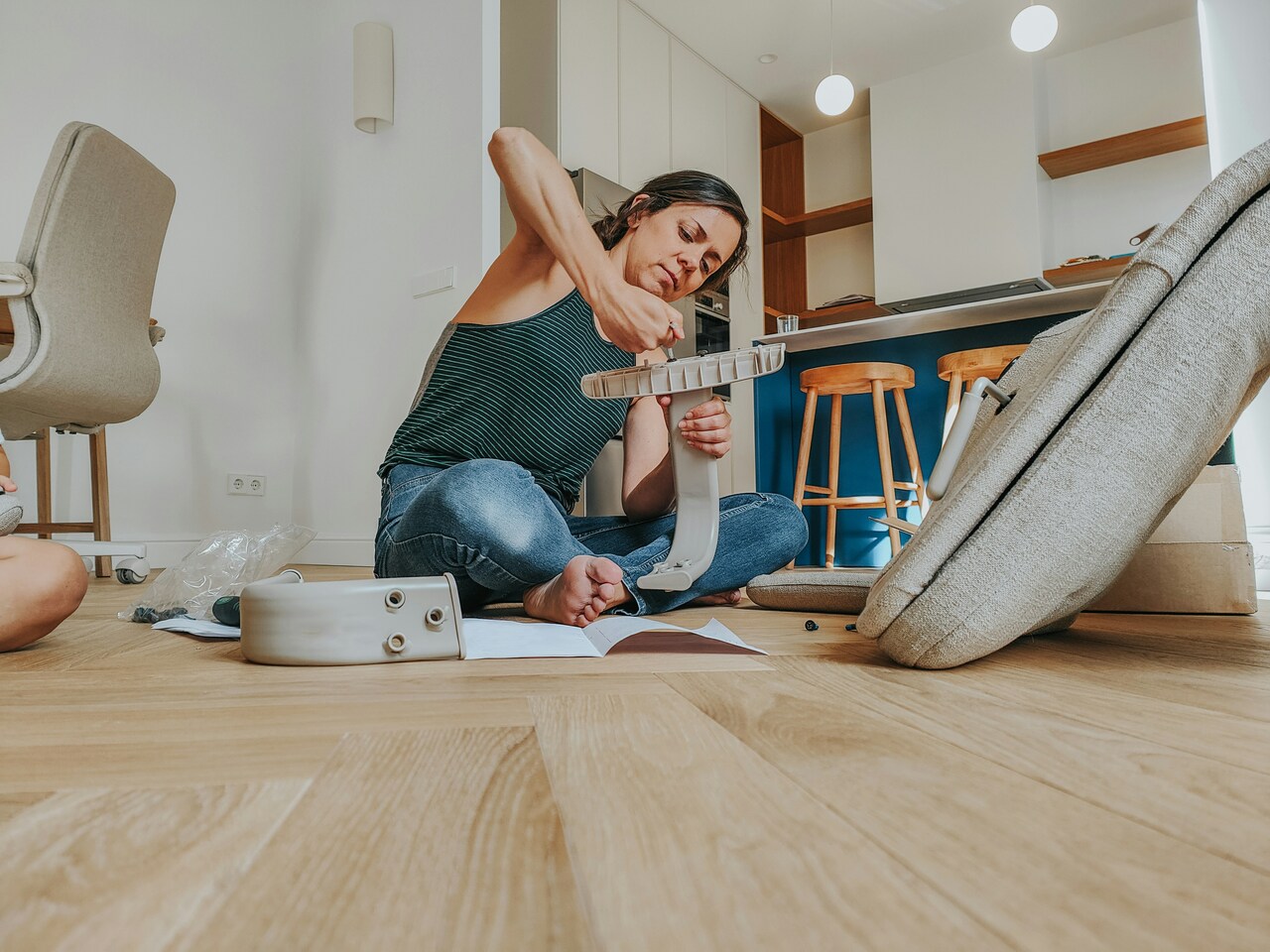8 most common mistakes in DIY projects
DIY (Do It Yourself) projects are a great way to achieve an interior goal on a budget or bring an old piece of furniture back to life. It is a growing trend among homeowners, as they are not only increasingly conscious about sustainability, but also looking for more economic solutions.
Everyone can and should try DIY, but we understand that the expectation does not always meet the reality… So, we make a list of the most common mistakes people make during their DIY projects, as well as how to avoid them!
Not having a clear vision
Unless you are a naturally visual person or already have inspiration for what you want the final product to look like, putting some thought into it will be a must. Regardless if it’s house painting ideas or fencing suggestions, if you get started without having a clear vision, you will likely make decisions that you will later regret. Therefore, look up similar DIY projects, create a mood board or perhaps draw a sketch, so you have something to act as a guide along the way!
Lack of research
If you have never done something before, then you will almost certainly need to look up some explanations or video tutorials for the project. Whether it’s cementing your own driveway or learning how to sew, resist the temptation to go straight in and, instead, spend some time learning about it. The more confident you go into the process, the more likely you will be to succeed.
Incorrect measurements
Have you ever heard of the saying “measure twice and cut once”? Well, you will certainly want to follow it with your DIY project. Incorrect measurements can result in costly mistakes, particularly if you buy materials that are too small and, therefore, unusable, or ruin an existing material by cutting it too short. Remember, you can always take off, but you can’t add it back on. So, always be thorough and careful with your measurements.
Using the wrong tools
The right tools will play a huge role in the success of your DIY project. Trying to use something that is designed for the wrong purpose will likely result in a finished product that does not last or, even worse, does not work to begin with. For example, choose the best glass glue to repair glass items, instead of using glue that is meant for wood. If you are working with wood, use the right type of cutting tools and sandpaper. Again, the research you do prior to your DIY project will help ensure that you are properly prepared for it.
Failing to prep the area
In most cases, you will have to do some kind of preparations before you can start with your DIY project. For instance, if you are painting your walls, you may need to sand them down first for a smooth. If you are gluing together an old vase, cleaning it to remove any dust and debris will help it stick better. Before sewing your new table cloth, ironing it will make the job much easier and neater. Always find out what it is that you need to do and never skip this step!
Ignoring safety measures
When you are doing something at home, it can be easy to forget about the importance of safety. Unfortunately, this is how many DIY projects result in injuries, that could have been easily avoided. If you are working with electric tools, always wear protective gloves and goggles. For any harmful substances or chemicals, you may want to wear a mask, too. If you are working with heavy objects, it’s also a good idea to have hard shoes on, in case you drop anything.
Rushing the process
If you are in a huge rush to get something done in your home, perhaps a DIY project is not the best approach. DIY is all about learning new skills and enjoying the process. Many people will even use it as a mindfulness practice – a meditative activity, as you slowly see the project come to life. Rushing, particularly if you have never done this particular project before, will only result in rookie mistakes and a messy final product.
Unrealistic expectations
A DIY project does not need to be 100% perfect! It is something that you make with your own hands and effort, and so it’s absolutely fine if the human touch is there. Now, it is not to say that you cannot strive for the best, but having unrealistic expectations may also lead to a lot of frustration and disappointment. Instead, try your hardest yet be forgiving for any mistakes you make along the way. Most importantly, be proud of the effort you’ve put in and the things you’ve achieved!
Final word
A DIY project is the perfect opportunity to think outside the box and try something new! And, if you avoid the above common mistakes, you will be more likely to come out with results that you can be proud of.





